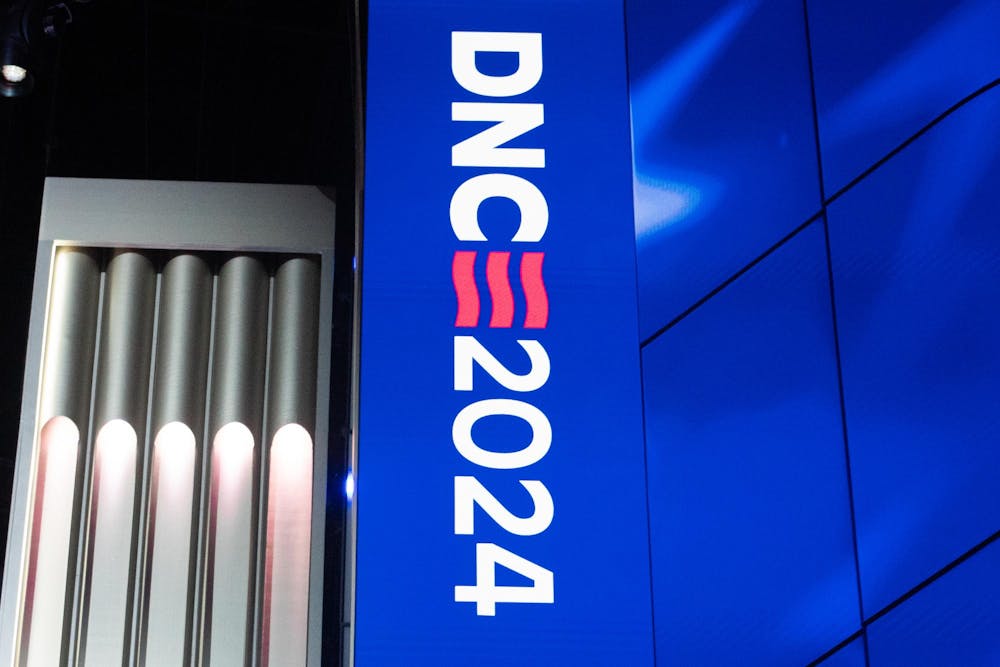This story is part of the IDS’ national convention coverage. Follow reporter Andrew Miller on X and IDS social media for updates.
CHICAGO — In more than a quarter of Indiana’s state house districts and more than a third of its state senate districts up for election in November, no Democrats are running.
Some Democrats say that’s a problem, especially in Republican-held rural districts. It allows Republicans to control narratives, they say, in areas trending to the right. Many rural areas have kept shifting toward Republicans in recent years, leaving some Senate and House seats once up for grabs safely red.
Indiana had a Democratic senator, Joe Donnelly, until early 2019. The state voted for Obama in 2008. The margins for Republicans in Indiana’s rural counties (as defined by Purdue University’s county classification) went from 12.5% in 2008’s presidential election to 50% in 2020. So what happened?
Donnelly was kicked out of his seat in the 2018 midterms, the same midterm North Dakota’s former Sen. Heidi Heitkamp, also a Democrat, was ousted in. Heitkamp offered some theories, speaking at the Democratic Rural Council’s meeting Tuesday at the Democratic National Convention, and said rural voters will be paramount to Vice President Kamala Harris’ reelection campaign.
“I know that we need to be better in rural America,” Heitkamp said.
The moment she noticed a shift, she said, was when Republicans started signing onto federal farm bills — legislation passed about every five years that sets policy for agriculture, crop insurance, conservation and many other programs.
The last farm bill was passed in 2018. And every year a new one isn’t passed, uncertainty grows among farmers who need to plan well in advance for their operations.
Heitkamp said Democrats need to campaign more on the issue of the farm bill, which she alleged far-right Republicans are holding up. Indiana Sen. Mike Braun said at an agriculture policy summit last month he couldn’t say whether the farm bill would be completed by the end of this year.
“You should be talking about Republicans not getting a farm bill done,” Heitkamp said.
But beyond farming issues, she said, rural voters care about most of the same issues that urban voters do. That means issues such as healthcare, infrastructure, housing and education.
Kansas Gov. Laura Kelly, a Democrat, said at the council’s meeting she won by talking to people frankly about education. And that’s why she’s happy Harris picked Minnesota Gov. Tim Walz, a former teacher, as her vice presidential nominee.
“He represents everything good and decent about the Midwest,” she said.
Other candidates commended Harris’ pick, too, including Heitkamp, who went on a media blitz to support choosing him.
While Heitkamp said large changes won’t come immediately, even a 5% shift toward Democrats could win elections. But she said that shifts beget shifts, meaning upcoming elections could see 10% to 20% shifts.
Indiana, barring extreme circumstances, will remain red despite this. Trends from 2016 to 2020 still show increasing Republican margins in rural counties, but it’s hard to tell how shifts will turn out this year.
— Andrew Miller covers politics and elections for the Indiana Daily Student. Contact him at ami3@iu.edu, or direct message via X.




